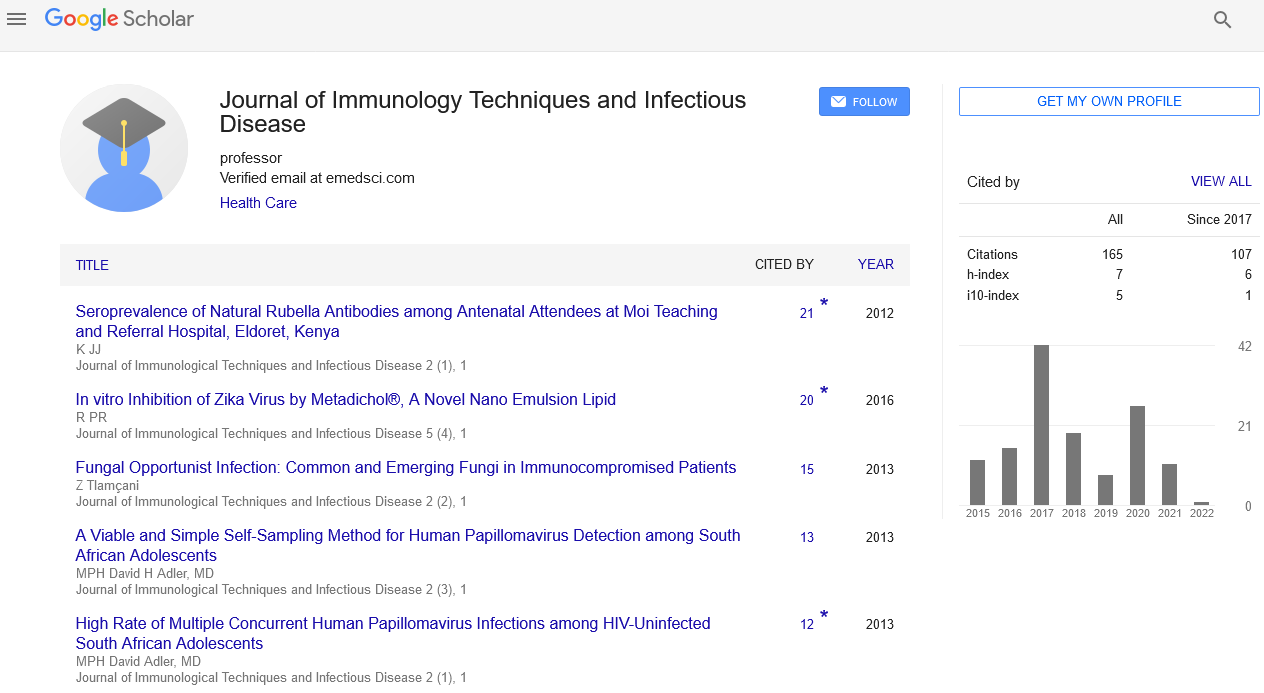Research Article, Jidit Vol: 11 Issue: 1
Genomic Organization of Hepatitis C Virus and Correlation with hepatocellular carcinoma
Abstract
Hepatitis C virus is included in the Flaviviridae family. It is enveloped positive sense and member of Hepacivirus species. It’s a worldwide issue and its prevalence varies around the globe while most of it was in the USA but now Egypt is the most affected one. Hepacivirus C accounts for around177.5 million chronic infections worldwide. Its genotype diversity is due to the recombination in RNA genomics Major transmission route is by contamination of the blood. It can cause fatigue, jaundice, and anorexia, etc. It also affects the liver if it’s a chronic infection. Genotypes and subtypes are 8 and multiple (to be precise almost 126) respectively. These are present in different parts of the world. The genotype that has the highest percentage around the globe is genotype 1. It affects about 40%-80% of the population. The USA has the highest percentage of the 1a and 1b, while in other countries genotype 1a is not so common. Pakistan has the highest percentage of HCV genotypes. Hepacivirus C viruses are indirect such as chronic inflammation, cell deaths, and proliferation. Chronic liver disease is also responsible for HCC because it can cause fibrosis and then eventually cirrhosis. Host and the environment also play a pivotal role in cirrhosis progression. The viral proteins of HCV directly upon cells signaling pathway that promote the HCC by stopping tumorsuppressing genes or due to signal pathways activation that helps in the growth and division upregulation. The retinoblastoma protein and p53 tumor suppressor are specific genes that suppress tumors are repressed by the HCV core protein. Carcinogenesis is caused by the loss of above mention tumor-suppressing genes.
 Spanish
Spanish  Chinese
Chinese  Russian
Russian  German
German  French
French  Japanese
Japanese  Portuguese
Portuguese  Hindi
Hindi 
